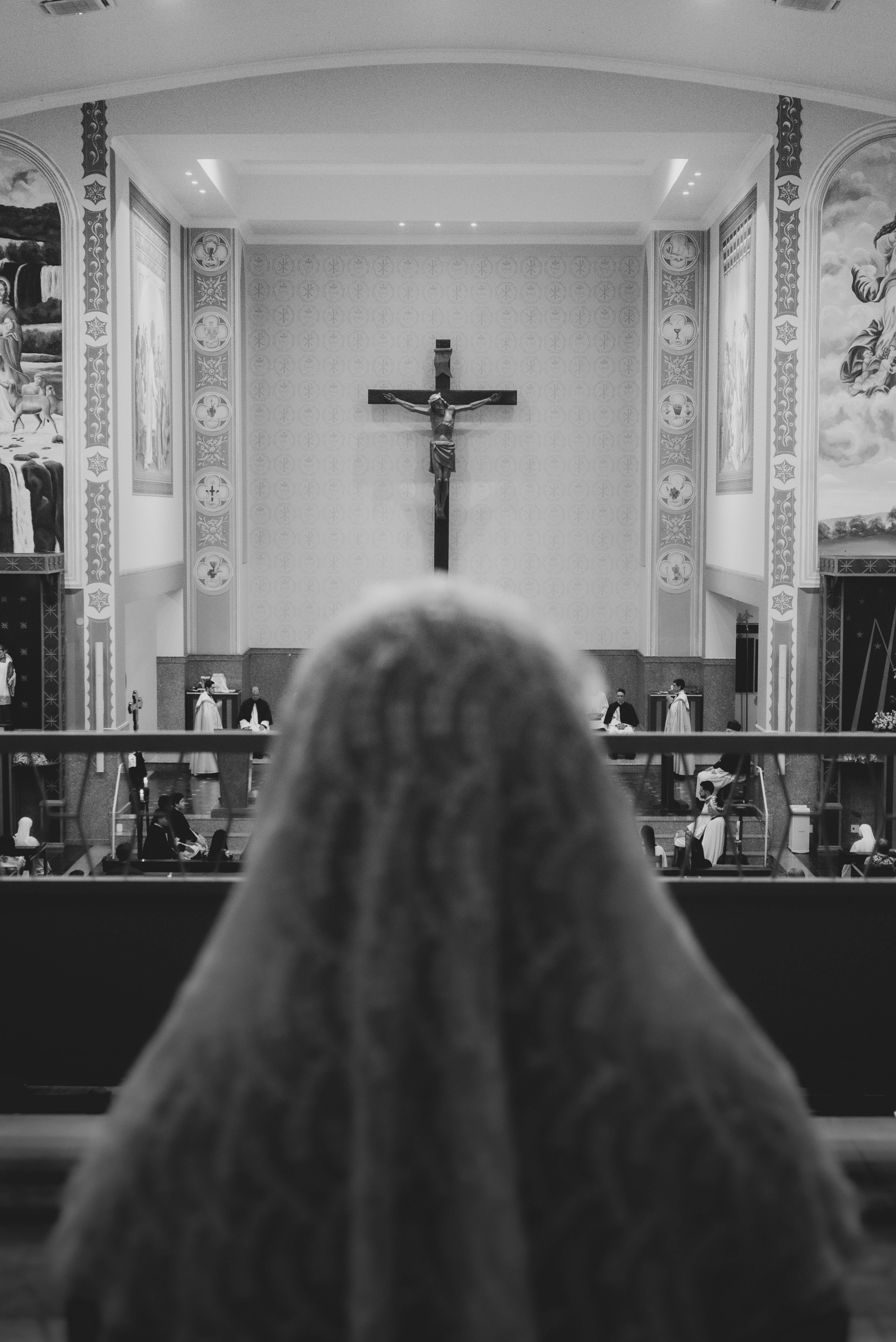
Veiling among Catholic women is a practice rooted in tradition and reverence, though not universally required today, as it once was.
Some wear veils as a sign of reverence and humility before God, especially during Mass or Adoration, echoing a long-standing Church tradition.
No, it’s not mandatory today; the 1983 Code of Canon Law dropped the requirement, making it a personal choice (Canon 1262, 1917, repealed).
It stems from 1 Corinthians 11:4-10, where St. Paul suggests women cover their heads while praying, reflecting cultural norms of modesty and respect in his time. Early Christians adopted it widely.
No, the 1917 Code of Canon Law required women to cover their heads in church, a rule enforced until Vatican II’s reforms in the 1960s shifted focus to inner disposition over externals.
Veils can symbolize humility, submission to God, and the sacredness of worship, often likened to the veil over the tabernacle. For some, it’s a personal devotion to Christ’s presence in the Eucharist.
Women might wear lace mantillas, scarves, or hats—often black for penance or white for joy. The style varies by preference and cultural tradition.
Vatican II didn’t ban veiling, but cultural shifts—like women’s liberation and relaxed dress codes—led to its decline. The Church emphasized heart over headwear, and the 1983 Canon Law update reflected this change.
Some women today choose veiling to reclaim tradition, express reverence, or counter secularism. It’s often tied to a renewed interest in the Latin Mass and Eucharistic devotion (CCC 1378).
For those who veil, it can deepen focus during prayer, mark sacred space, and reflect a personal offering to God, enhancing their worship experience. It’s not about superiority but a quiet witness to faith in a distracted age. Critics see it as outdated, yet supporters find it timeless, showing how diverse practices enrich the Church’s unity (CCC 1202).
Read 1 Corinthians 11, the Catechism (CCC 1378 on Eucharist reverence), or the 1917/1983 Codes of Canon Law for context. Blogs like Veils by Lily or books on Catholic liturgy offer modern perspectives.
Learn More about the Sacred Heart of Jesus on our Youtube Channel